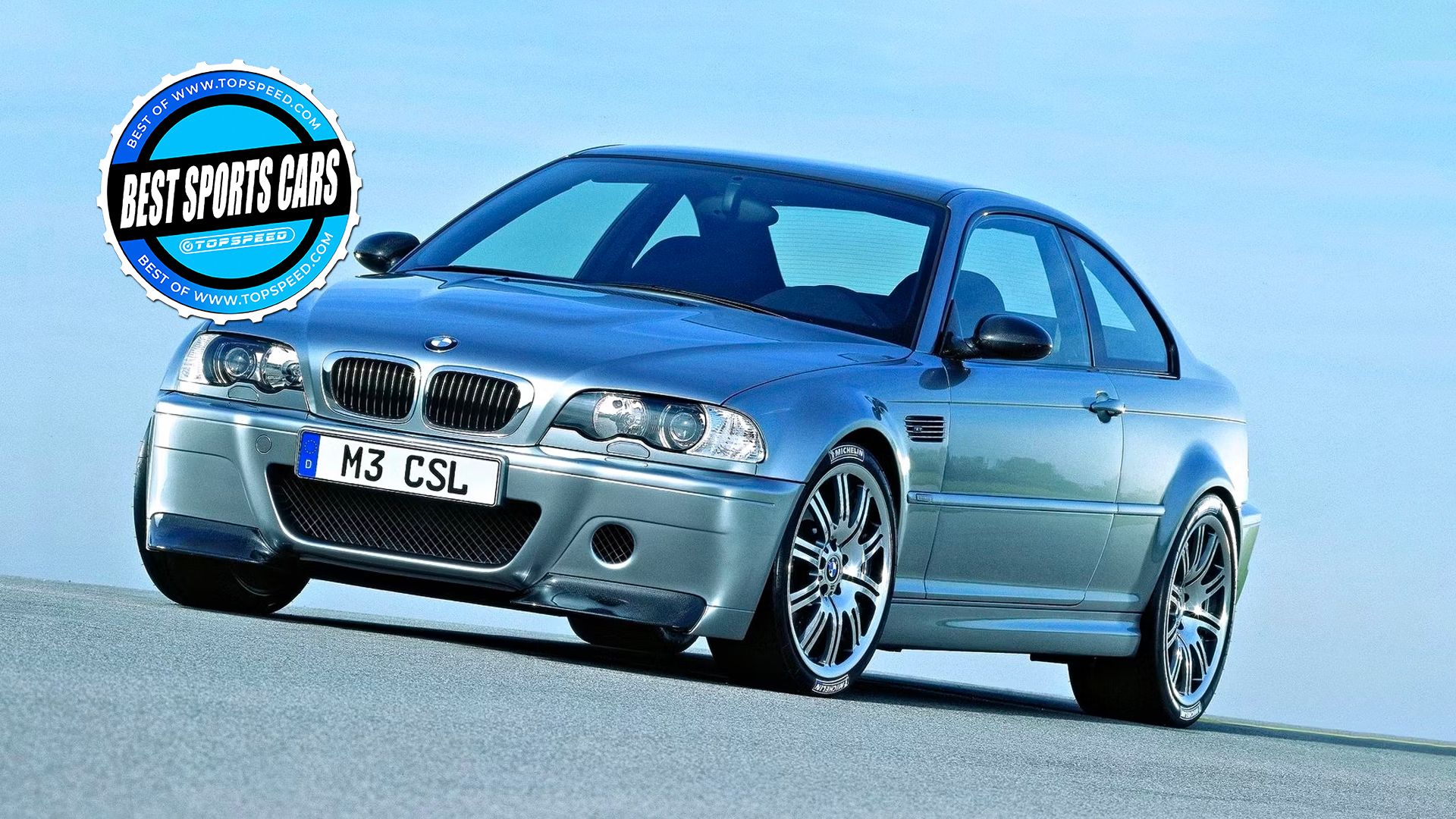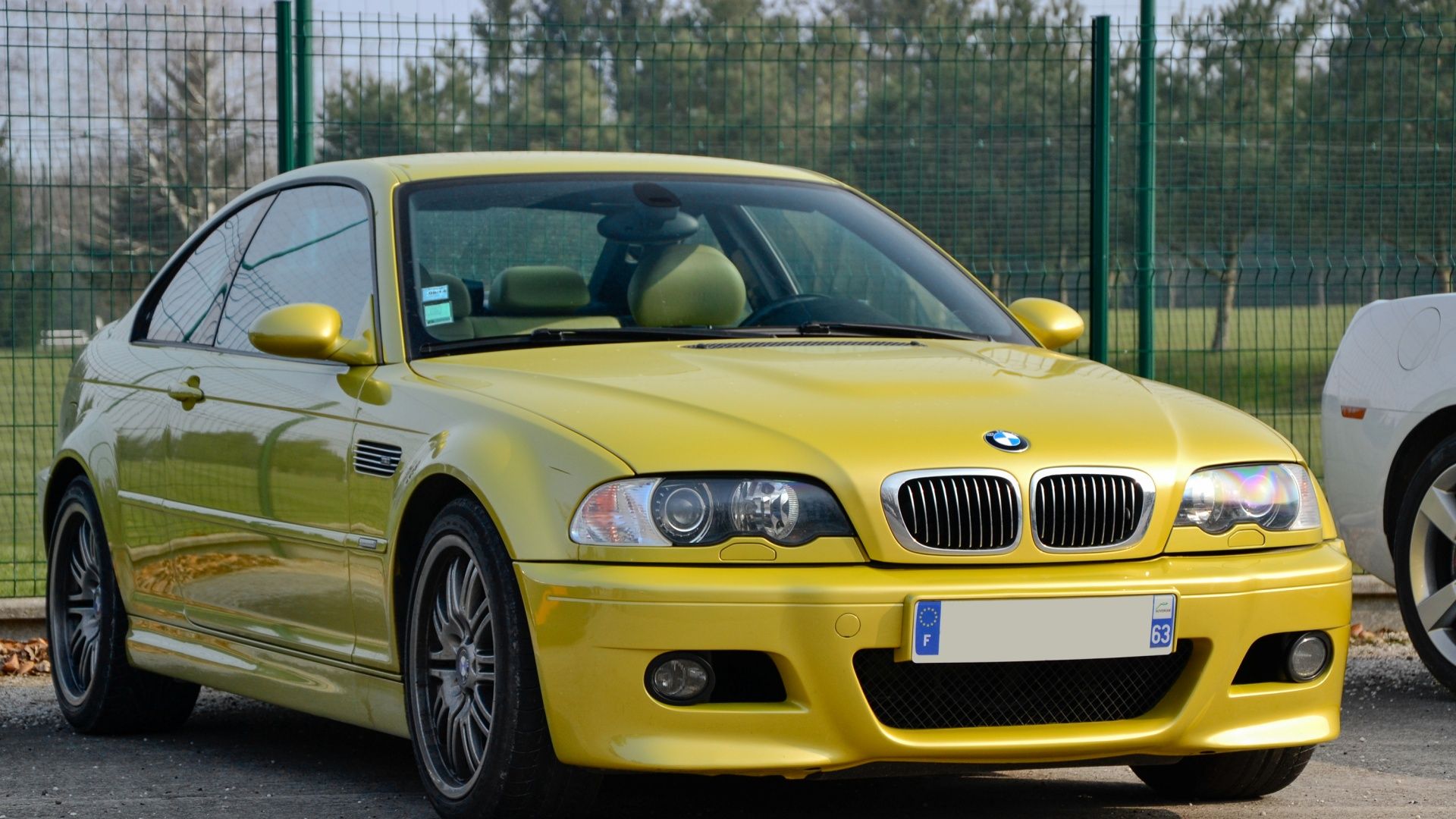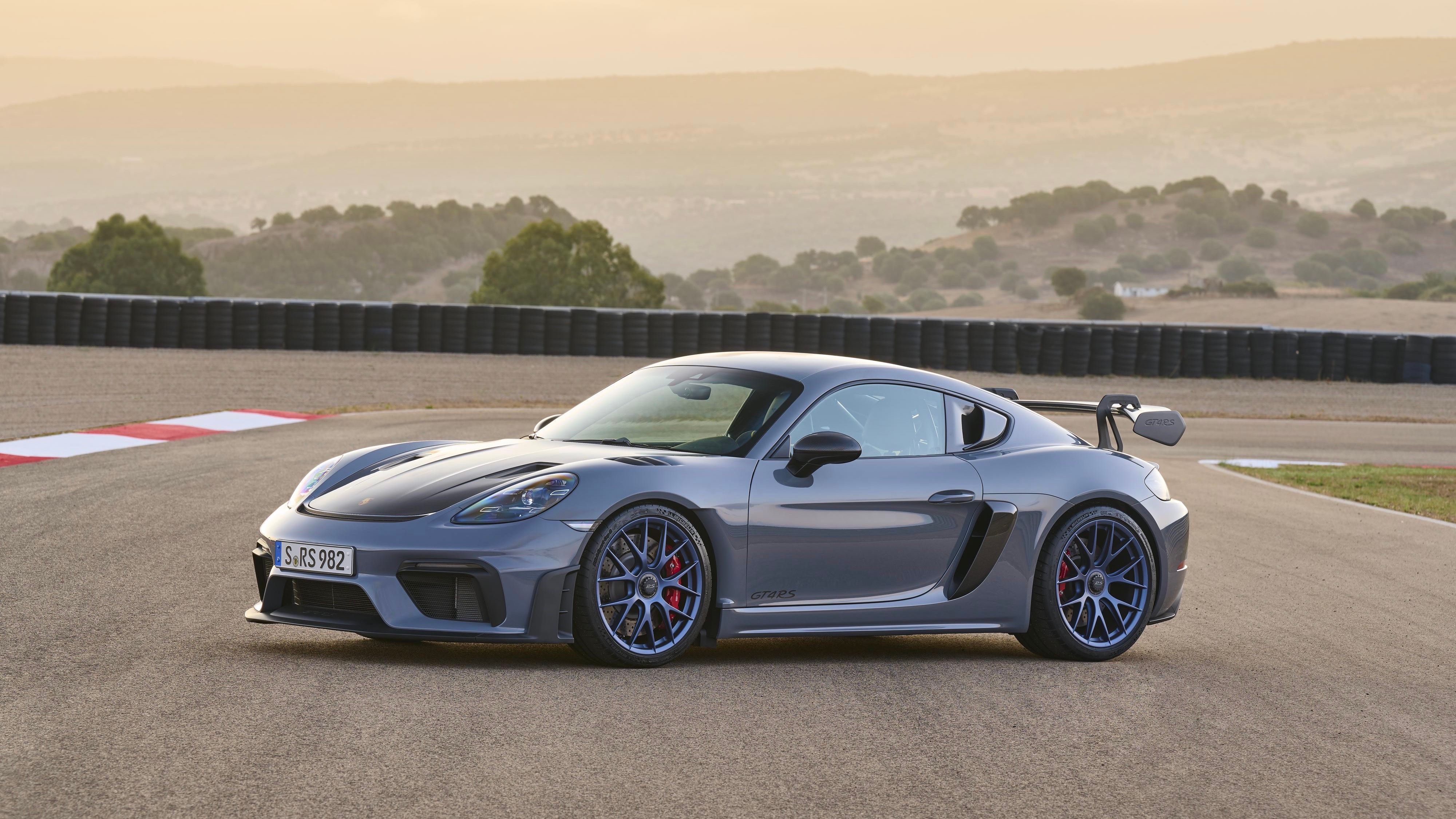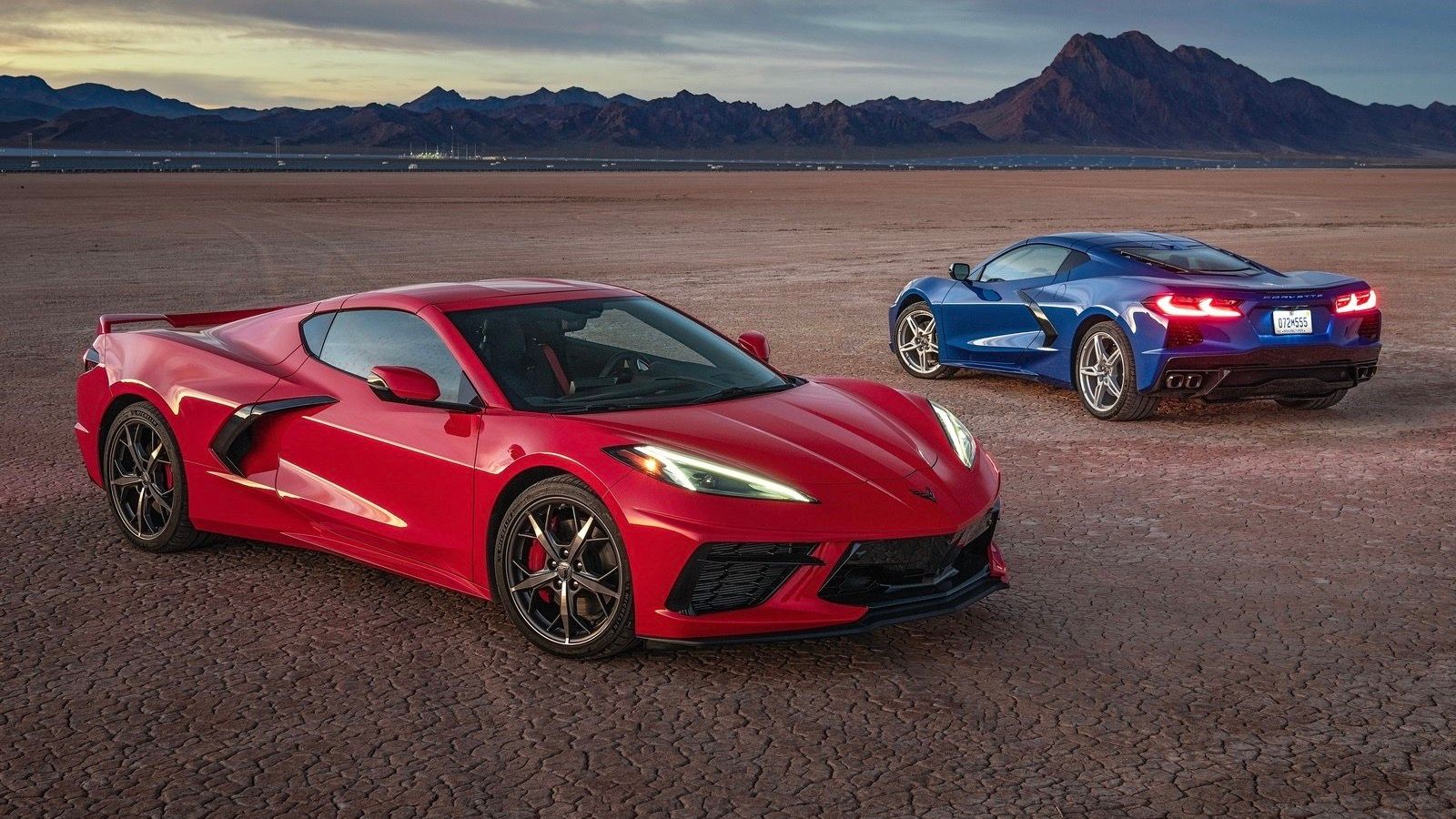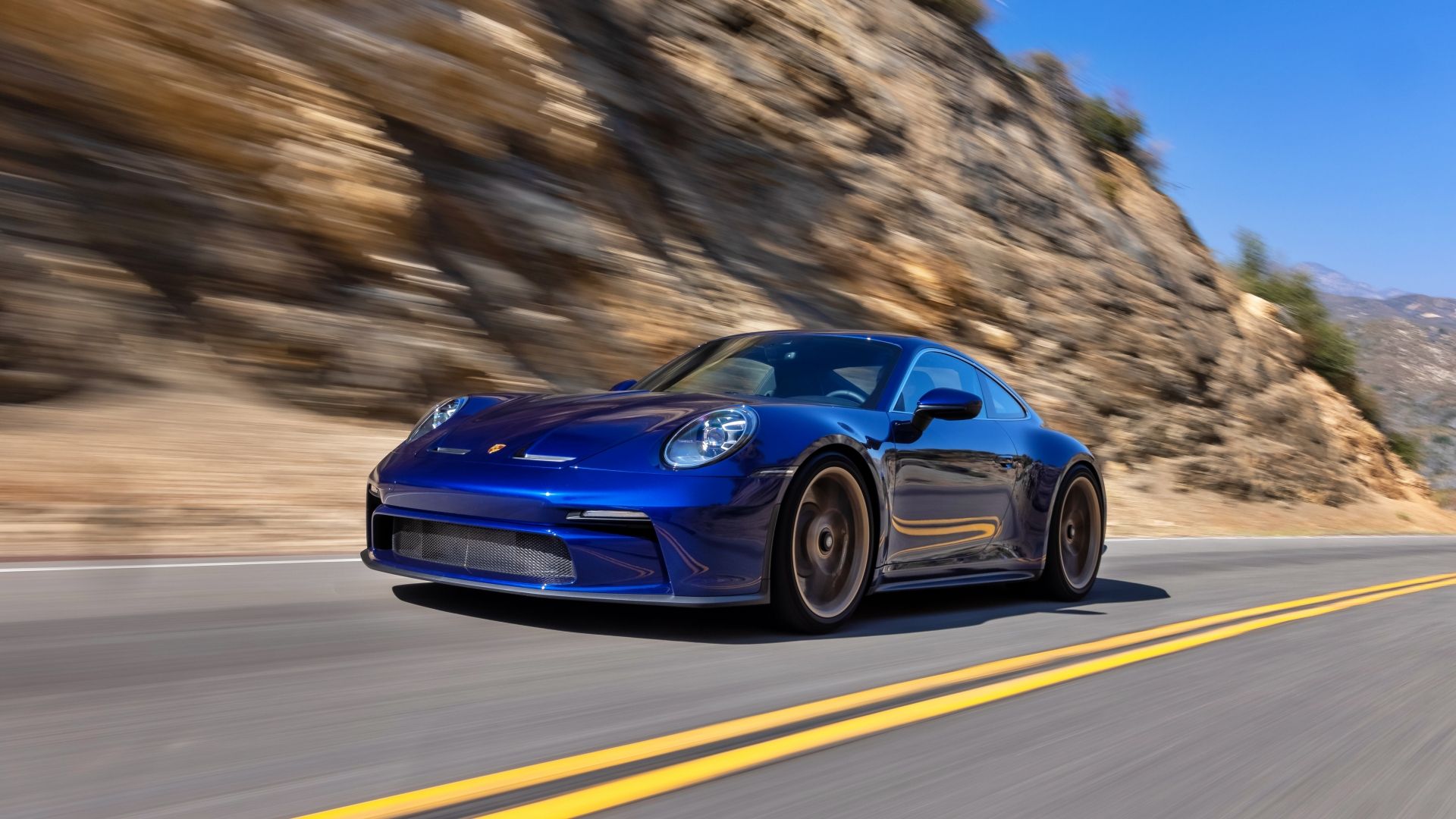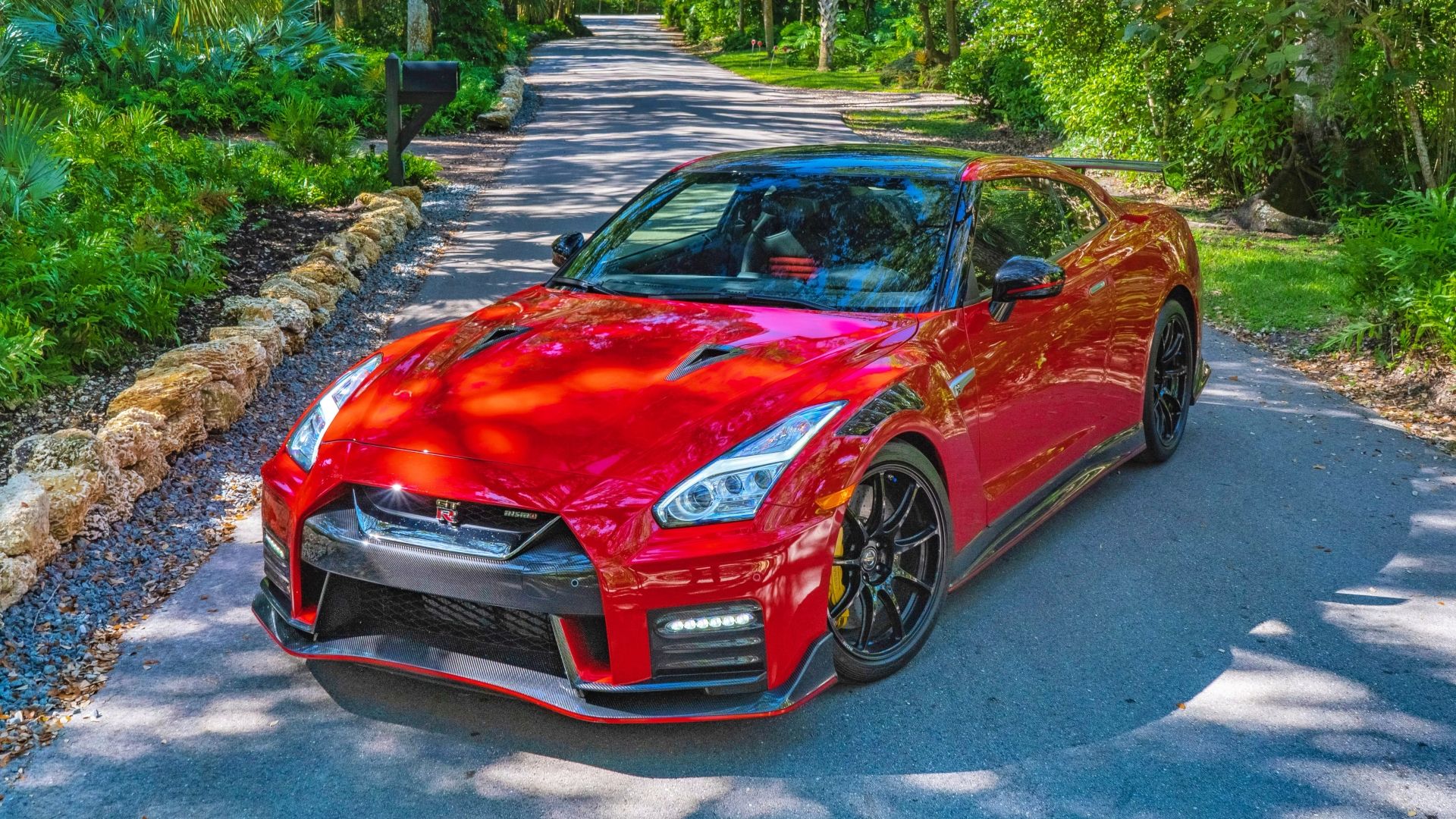Competition is inherent to the automotive industry. As Henry Ford once said, “Auto racing began five minutes after the second car was built”, and that really tells you all you need to know about the world of sports cars. But what does a car need to have in order to be dubbed “best sports car”? Is it exclusivity, craftsmanship, significance, or style? We like to believe it’s all of those and more.
Pinpointing a single vehicle is difficult although many enthusiasts have their personal favorite. With that said, the automotive industry changed significantly over the last 25 years and as it so happens, that period produced some of the most significant and varied exuberance of sports cars, ranging from all shapes, sizes, and horsepower levels. Whether you agree or not with the list is up to you, but these 10 models certainly have enough credentials to be called the best sports cars, from the last 25 years.
10 Lotus Elise
Nothing screams minimalism more than a Lotus Elise. Like Jeremy Clarkson once said “unlike any other carmaker, Lotus doesn’t ask what the customer wants. They ask what the customer can do without”. Apparently, quite a bit. Luxury and features are not words that fit the Elise. There is a steering wheel, three pedals, shifter, and two seats. Behind the cabin, there is a Rover and later, Toyota-derived inline-four, which depending on the version can be supercharged.
While later versions can boast as much as 250 horsepower, earlier variants were the lightest, at just 1,598 pounds (725 kg). Because of this, the Series 1 Elise could reach 60 mph (97 km/h) in 5.8 seconds, despite putting out only 118 horsepower. The supercharged Cup 250, meanwhile, managed 0 to 60 mph in a super car-like 3.8 seconds. Regardless of the version, the Elise is an embodiment of the purest driving experience in a mid-engine sports car.
9 BMW M3 E46
The BMW M3 is like a staple in BMW's lineup. Until the 1M (later, M2) arrived, the M3 was the entry-level M-car in BMW's lineup. Although the first M3, the E30, had an inline-four engine, the straight-six quickly became a trademark for most BMW M-cars. To this day, the S54 engine, which pwoers the E46 M3 and other BMW M-models, is considered one of the best Bavarian engines ever made.
With 3.2 liters and up to 360 horsepower and 273 pound-feet (370 Nm) in CSL guise, the smooth and high-revving S54 perfectly compliments the E46's balanced chassis. Meanwhile, the 0 to 60 mph (97 km/h) took as little as 4.7 seconds. A six-speed manual was available, but if you wanted the range-topping CSL, you had to make due with one of the worst automated manuals ever made. Still, manual conversions are possible, so no fear.
8 Nissan Skyline R34 GT-R NISMO Z-Tune
Japanese carmakers gave us many iconic models during the 1980s and 1990s, but the Nissan Skyline R34 GT-R is considered the Emperor of JDM sports cars. Building upon the homologation special R32 GT-R and the R33 GT-R that came after it, the R34 further refined the motorsport-derived chassis and RB26 DETT engine. The R34 Skyline GT-R was ahead of its time, featuring mind-blowing performance and features that are only today standard on some high-performance vehicles.
After the R34's production cycle ended, NISMO (Nissan's motorsports division) bought the 20 best exampels of the R34 GT-R it could find and gave them a bespoke motorsport treatment, resulting in a 2.8-liter, 500-horsepower, all-wheel-drive monster that could rival the likes of Porsche and Ferrari with a 0 to 60 mph (97 km/h) time of 3.7 seconds and a top speed of 207 mph (332 km/h).
7 Porsche 718 GT4 (RS)
In 2020, Porsche did us all petrol heads a huge service and gave us a Porsche 718 with a 4.0-liter, naturally-aspirated flat-six that revs to 8,000 and 9,000 RPM, depending on the version. In an age where big, tech-heavy cars, electrification, and forced induction are the new norm, Porsche gave us a no-nonsense, mid-engine, high-performance model that provides one of the best driving experiences of a modern sports car.
In GT4 RS guise, the engine produces 493 horsepower and 331 pound-feet (449 Nm). Unlike the non-RS model, which can be had with a six-speed manual, the GT4 RS comes exclusively with the seven-speed PDK. The 0 to 60 mph (97 km/h) takes as little as 3.2 seconds, on to a top speed of 196 mph (315 km/h).
6 Mercedes C63 AMG Black Series
The W204-generation Mercedes C-Class enjoyed great success, but its most epic version came in 2011. Mercedes celebrated the last, naturally-aspirated V-8 with a variety of epic versions, and for the C-Class that was the C63 AMG Black Series. In the Black Series, the 6.2-liter, M156 V-8 gets some bits from the SLS AMG's M159 unit. Among those are a lighter crankshaft and forged internals for a power output of 510 horsepower and 457 pound-feet (620 Nm).
The C63 Black Series comes with a bespoke body kit, featuring a tall rear wing, canards, and flared wheel arches, resulting in 40mm wider track at the front and 79mm wider track at the rear. The 0 to 60 mph (97 km/h) sprint takes 4.0 seconds. Sophisticated, and German Muscle are words that best describe this tire-shredding V-8 lunatic of a car.
5 Toyota GR Supra
When the fifth-generation Supra arrived, it got mixed reception. Some called it a "fale Supra" while others embraced the fact it had a Bavarian inline-six underneath. But performance talks and the GR Supra quickly showed that it is a worthy successor to the 1990s JDM icon that is the fourth-generation Toyota Supra. Toyota did its own improvements to the BMW Z4 chassis and B58 engine, making it into a much more athletic sports car than its Bavarian technological twin.
The engine was rated at 382 horsepower and 368 pound-feet (499 Nm), but those numbers were underrated. Moreover, the GR Supra is easily capable of a lot more, enabling it to embarrass supercars on the drag strip. In 2022, the GR Supra received a six-speed manual, making it even more desirable. At the same time, 0 to 60 mph (97 km/h) came in as little as 3.9 seconds (with the eight-speed auto).
4 Chevrolet Corvette C8
The Chevy Corvette has been America’s definitive sports car since 1953. Currently, the car is in its eighth generation, and it brought many model firsts. The Corvette was always meant to be a mid-engine car, but this only happened in 2020, with the C8. This was also the generation that introduced a flat-plane crank V-8 in the Z06, the first hybrid Corvette, and to top it all off, there’s a fully-electric C8 on the way.
With that said, the ‘Vette always stood for attainable performance, even though the Z06 and E-Ray can cost a pretty penny once you get a few options. Regardless, with up to 670 horsepower from a Ferrari-sounding, American V-8, the C8 can run with the best in the business, reaching 60 mph in 2.5 seconds.
3 Porsche 911 GT3 Touring
The Porsche 911 is a classic on many levels. It’s one of the names that defines the term sports car and when it comes to visceral, analog driving experience, the GT3 Touring is up there. The wingless version of the GT3 is one of the greatest 911s ever made for a few reasons. The key aspect is its 4.0-liter, naturally-aspirated, flat-six engine that revs to 9,000 RPM and makes 510 horsepower and 347 pound-feet (470 Nm).
The Touring, in particular, can be had with a seven-speed manual, which only adds to the classic driving experience. At the same time, it is a practical sports car, capable of 19 mph (320 km/h) and 0 to 60 mph (97 km/h) in 3.7 seconds (3.2 for the PDK transmission). The fact that the 992 may be the last non-hybrid 911 only adds to the GT3 Touring’s allure.
2 Nissan GT-R R35
In 2007, Nissan revived one of the most iconic JDM cars ever made. The Skyline and GT-R names were separated, leaving the Nissan GT-R as the brand’s flagship sports car. The R35 certainly had big shoes to fill, following the successes of its R32, R33, and R34 predecessors, which is why it was criticized for being too digital.
With that said, the R35 GT-R offered supercar performance in a practical package, for a fraction of the price of exotics (which it often outran). The R35’s 17-year production cycle is both good and bad. The car is no longer the bargain supercar slayer it once was, but because of its age, it’s also the most analog hi-tech sports car.
1 Dodge Viper
There's a debate on whether the Dodge Viper is a sports car or a supercar, but one thing is certain - it's the last of the old guard. The idea of the Viper came in 1989, with the goal of reinventing the Shelby Cobra. Names like Lee Iacocca, Bob Lutz, and even Caroll Shelby were in on the project. After five generations, the Viper was finally retired for good. In August 2017, the last of the fifth-generation Vipers rolled off the production line, putting an end to analog sports cars.
The beauty of the Viper was how analog it was. Few things remained unchanged over the years, such as the 90-degree, pushrod V-10, which rose from 8.0 to 8.4 liters and up to 650 horsepower and 600 pound-feet (814 Nm). The massive lump was always mated to a six-speed manual, sending power to the rear. Even so, the Viper managed a 3.3-second 0 to 60 mph (97 km/h) time (in ACR form) and a top speed of up to 206 mph (330 km/h).

